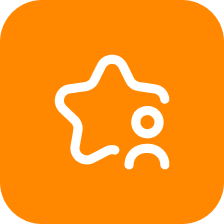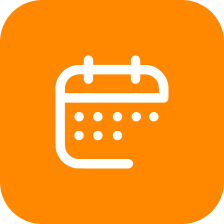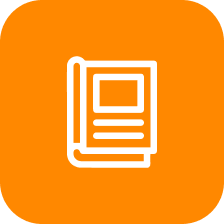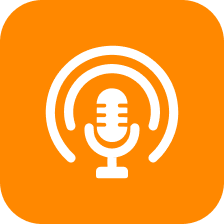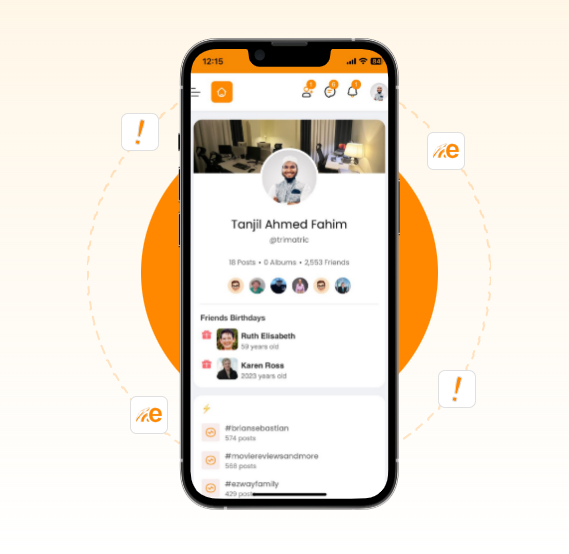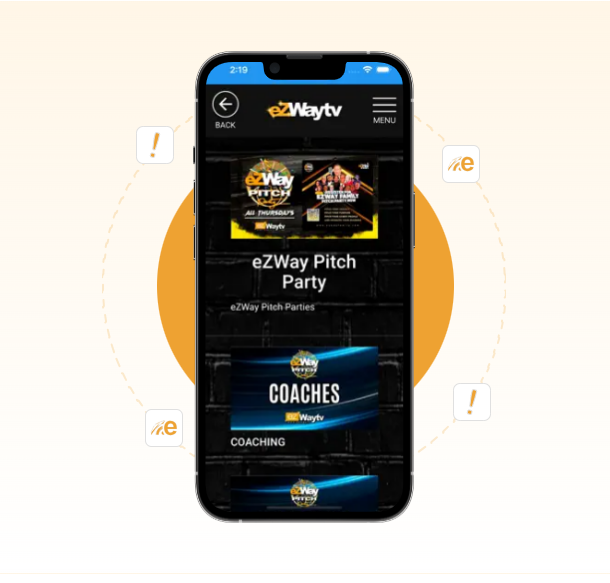Achieving optimal engagement on social media often hinges on more than just content quality; it critically depends on the precise timing of posts. While broad scheduling windows have become standard, a nuanced approach involving micro-adjustments—minute, data-driven tweaks to post timing—can unlock significant gains. This guide provides a comprehensive, step-by-step exploration of how to implement these micro-adjustments systematically and effectively, elevating your content strategy to a new level of precision.
Table of Contents
- 1. Fine-Tuning Post Timing Through Micro-Adjustments
- 2. Leveraging Advanced Scheduling Tools for Precise Adjustments
- 3. Applying Data-Driven Insights for Micro-Optimization
- 4. Technical Implementation of Micro-Adjustments
- 5. Avoiding Common Pitfalls in Micro-Adjustments
- 6. Case Study: Incremental Timing Adjustments Boosting Engagement
- 7. Best Practices for Maintaining Content Scheduling Accuracy
- 8. Reinforcing the Value of Micro-Adjustments in Overall Strategy
1. Fine-Tuning Post Timing Through Micro-Adjustments
a) Analyzing Engagement Fluctuations at Hourly and Minute Levels
The foundation of micro-adjustments begins with granular analysis of your audience’s engagement patterns. Use advanced analytics tools—such as Facebook Insights, Twitter Analytics, or third-party platforms like Sprout Social—to dissect engagement data at hourly and even minute levels. For instance, examine the average engagement rate during specific 15-minute windows across different days of the week. This helps identify micro-patterns—such as peaks at 9:15 AM on weekdays or dips at 2:30 PM on Saturdays—that broad scheduling misses.
| Time Window | Average Engagement Rate | Optimality Indicator |
|---|---|---|
| 9:00 – 9:15 AM | 4.2% | High |
| 2:30 – 2:45 PM | 1.8% | Low |
b) Utilizing Real-Time Data to Identify Optimal Posting Windows
Implement real-time analytics dashboards—such as Google Data Studio or custom dashboards with Power BI—to monitor ongoing audience activity. For example, embed live API feeds from social media platforms to track current active users, trending topics, and immediate engagement metrics. Use this data to dynamically adjust your posting schedule, especially during campaigns where audience behavior shifts unexpectedly—say, during a viral trend or breaking news.
c) Implementing Dynamic Scheduling Based on Audience Activity Patterns
Transition from static timing to dynamic scheduling algorithms that adapt based on audience activity signals. For example, leverage machine learning models trained on historical engagement data to predict optimal posting windows each day. These models can incorporate variables such as:
- Day of the week
- Time of day
- Current trending topics
- Past engagement performance
Use scheduling tools like Hootsuite’s AutoSchedule or custom scripts to implement these predictions, ensuring your posts are timed at the precise moments when your audience is most receptive.
2. Leveraging Advanced Scheduling Tools for Precise Adjustments
a) Setting Automated Time Variations Within a Defined Range
Use scheduling platforms like Buffer or Hootsuite to introduce randomized or incremental shifts within a specific time window. For example, instead of posting at exactly 9:00 AM, configure the tool to choose a posting time between 8:55 AM and 9:05 AM, with a randomized distribution. This reduces predictability and aligns with audience activity peaks.
Pro Tip: Use the “Smart Schedule” feature or custom scripting to automate these variations, ensuring each post subtly shifts timing without manual intervention.
b) Integrating API Data for Real-Time Content Prioritization
Leverage platform APIs—such as Twitter’s or Facebook’s Graph API—to fetch real-time engagement data and dynamically reprioritize content. For instance, if a particular post or topic is trending, your scheduling system can automatically push related content to the top of the queue or adjust timing to capitalize on heightened activity.
Expert Tip: Build a scheduler that polls API data every 15-30 minutes, updating your content queue and timing decisions based on live engagement trends. Use tools like Zapier or custom Python scripts for automation.
c) Customizing Buffer Periods for Last-Minute Content Changes
In scenarios where last-minute adjustments are necessary—such as a breaking news update—set up buffer periods within your scheduling system. For example, allocate a 15-minute window before the scheduled post time where manual overrides or automated shifts can occur. This flexibility ensures your timing remains optimal even when rapid changes are needed.
3. Applying Data-Driven Insights for Micro-Optimization
a) Segmenting Audience Data to Tailor Post Timing
Divide your audience into segments based on demographics, behavior, and engagement patterns. For example, create groups such as:
- Millennials active in the evening
- Professionals engaging during lunch hours
- International audiences in different time zones
Apply different micro-adjustments for each segment—such as scheduling posts for 7:00 PM for Millennials or 12:30 PM for professionals—based on their specific engagement peaks. Use segmentation tools within your analytics platform or CRM integrations to automate this process.
b) Using A/B Testing for Post Timing Variations
Design rigorous A/B tests where identical content is posted with slight timing variations—say, at 10:00 AM vs. 10:15 AM. Monitor performance metrics (likes, shares, comments) over multiple iterations, and use statistical analysis to determine which micro-adjustment yields better engagement.
Key Insight: Small timing differences can have outsized impacts; systematic testing helps identify the most effective windows for your specific audience.
c) Interpreting Analytics to Make Incremental Scheduling Adjustments
Regularly review your engagement analytics—preferably through a custom dashboard—to identify shifts in peak activity. For example, if data shows increased interaction at 11:45 AM instead of 12:00 PM, adjust your schedule accordingly. Track these adjustments over time to confirm their efficacy before making further micro-shifts.
4. Technical Implementation of Micro-Adjustments
a) Step-by-Step Guide to Configuring Scheduling Algorithms in Tools like Buffer or Hootsuite
Begin by defining your target time window based on engagement analysis. For example, if your optimal window is 9:00–9:15 AM, set your scheduling tool to randomly select a time within this range for each post. Here’s a practical approach:
- Create a list of potential posting times within your window: 8:55, 9:00, 9:05, 9:10, 9:15.
- Use a script or tool (like Zapier or custom Python) to randomly pick a time from this list for each scheduled post.
- Configure your scheduling platform to accept dynamic input—many platforms support API-based scheduling or CSV imports with variable placeholders.
- Automate this process to run daily or weekly, ensuring continuous micro-timing variation.
b) Scripting Custom Scripts for Automated Minor Timing Shifts (e.g., using Python or Zapier)
Develop custom scripts that interface with your scheduling tool’s API. For example, a Python script can:
import requests
import random
from datetime import datetime, timedelta
# Define your scheduling API endpoint and credentials
API_ENDPOINT = 'https://api.yourschedulingplatform.com/v1/posts'
API_KEY = 'your_api_key'
# Define your base posting time and variation window (±5 minutes)
base_time = datetime.strptime('09:00', '%H:%M')
variation_minutes = 5
# Generate a random variation
delta_minutes = random.randint(-variation_minutes, variation_minutes)
scheduled_time = base_time + timedelta(minutes=delta_minutes)
# Format the scheduled time
scheduled_time_str = scheduled_time.strftime('%Y-%m-%dT%H:%M:%S')
# Prepare the payload
payload = {
'content': 'Your post content here',
'scheduled_time': scheduled_time_str,
'platform': 'facebook'
}
# Send the request
response = requests.post(API_ENDPOINT, headers={'Authorization': f'Bearer {API_KEY}'}, json=payload)
print(response.status_code, response.json())
This script can be scheduled to run periodically via cron jobs or integrated with automation platforms like Zapier for event-driven adjustments.
c) Setting Up Monitoring Dashboards for Immediate Feedback on Adjustments
Create dashboards using tools like Google Data Studio, Power BI, or Tableau that pull live engagement metrics. Key features include:
- Real-time updates on engagement rates segmented by timing windows
- Alerts for significant deviations from expected performance
- Historical comparisons to validate micro-adjustment effectiveness
Implement automatic alerts or triggers to notify your team when a particular timing adjustment yields unexpected results, enabling rapid iteration.
5. Avoiding Common Pitfalls in Micro-Adjustments
a) Recognizing Over-Optimization and Its Impact on Engagement
Too many micro-variations can lead to a phenomenon known as over-optimization, where the audience perceives inconsistency or becomes desensitized. To prevent this, limit the frequency of adjustments—recommend no more than 2-3 tweaks per week—and monitor for diminishing returns. Use statistical significance testing to confirm that observed engagement improvements are genuine and not random fluctuations.
b) Preventing Conflicts with Platform Algorithm Changes
Stay informed about platform-specific algorithm updates that might influence post visibility independently of timing. For example, if a platform changes its feed ranking criteria, micro-adjustments could become less effective or counterproductive. Regularly review platform updates and incorporate timing strategies that also consider content quality signals.
c) Ensuring Consistency While Making Small Timing Variations
Maintain a documented schedule of your micro-adjustments, including date, time window, and rationale. This documentation prevents erratic behavior and supports iterative improvements. Use version-controlled spreadsheets or project management tools to track these changes and facilitate team collaboration.
6. Case Study: Incremental Timing Adjustments Boosting Engagement
a) Initial Situation and Goals
A mid-sized brand faced stagnant engagement rates despite quality content. Their goal was to increase interactions by refining post timing at a granular level, testing whether minor shifts could produce measurable improvements.


